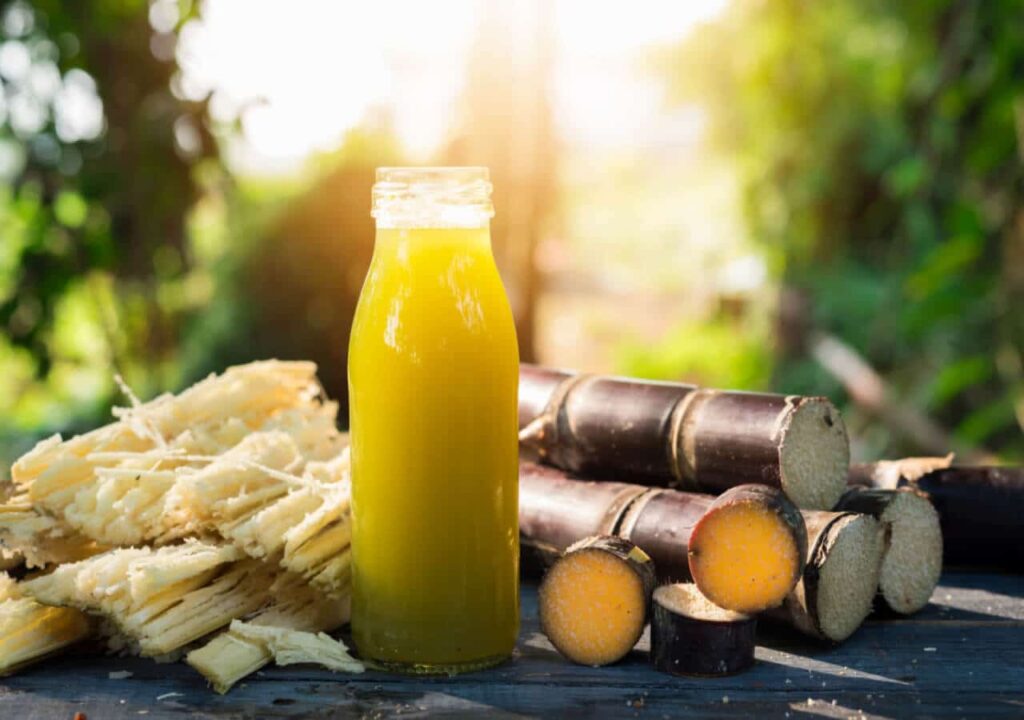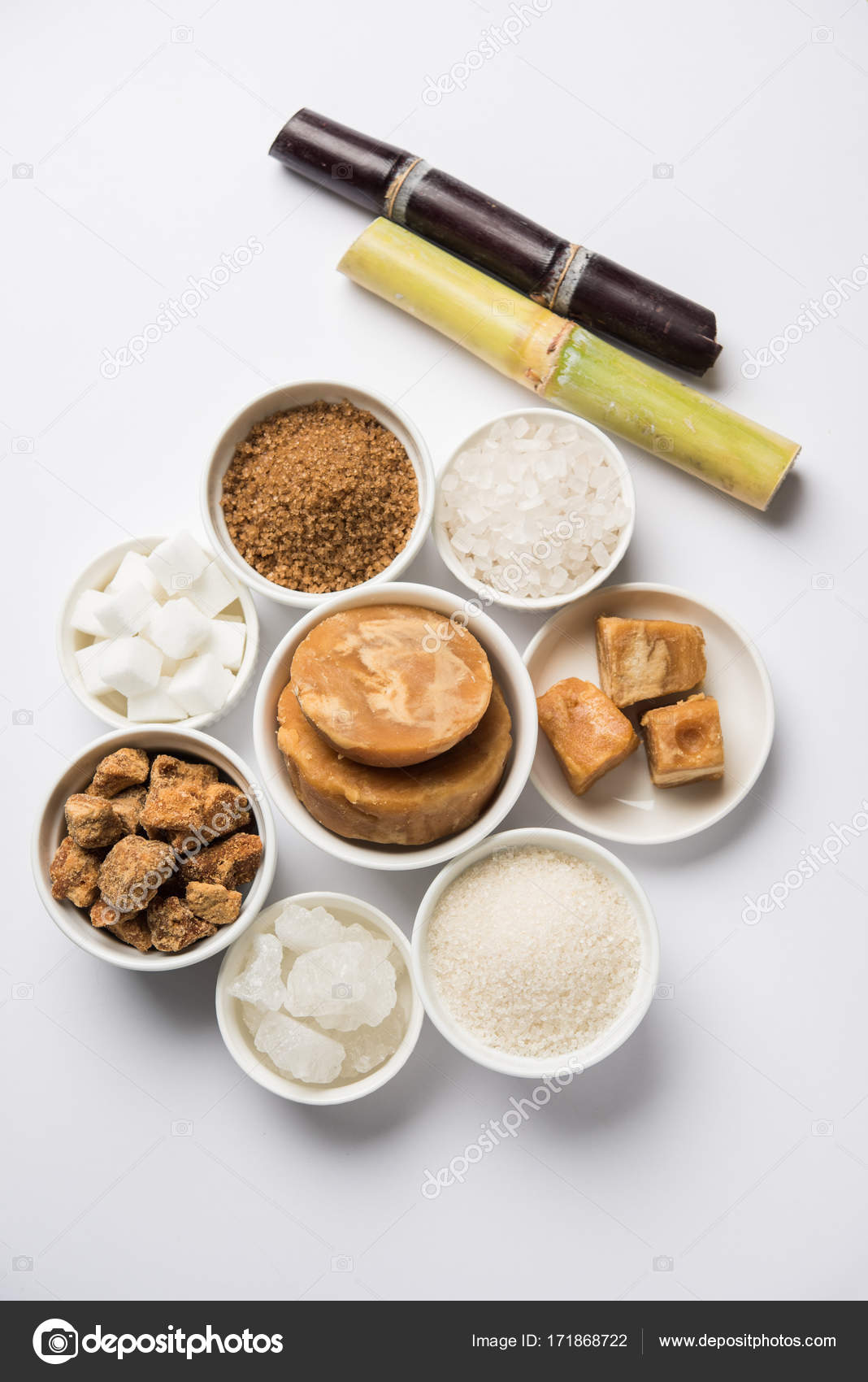The History of sugar cane products from Traditional Harvests to Modern Production
Discover Everything About Sugar Cane: From Production Strategies to Item Innovations
Sugar cane is a plant with both historic value and modern relevance. Its farming has progressed from traditional methods to modern methods that fulfill today's agricultural demands. This development includes innovative processing methods that change the cane into a variety of products. As the market encounters ecological challenges, brand-new lasting practices are arising. The complexities of sugar cane production and its future in worldwide markets present fascinating concerns worth checking out better.
The History of Sugar Cane Growing
Although sugar cane is commonly related to tropical climates, its growing has an abundant background that dates back countless years. Stemming in Southeast Asia, the earliest records of sugar cane's use go back to around 8000 BCE, where it was eaten for its sweetness. By the first centuries, it spread to India, where it became indispensable to local societies. The technology to crystallize sugar emerged in India by the 5th century CE, marking a considerable landmark in sugar production.With the development of profession courses, sugar cane discovered its way to the Middle East and, eventually, Europe. The facility of vineyards in the Caribbean during the 16th century transformed the international sugar market, driven mainly by early american expansion. As sugar came to be an in-demand product, its cultivation shaped economic climates and societies, preparing for modern-day manufacturing methods that developed with the advancement of farming and modern technology.
Typical Farming Strategies
As sugar cane farming developed with background, standard farming methods emerged as fundamental techniques that formed its production. These methods, typically passed down via generations, consisted of using manual devices such as hoes and machetes for growing and collecting. Farmers usually prepared the soil by hand, using crop turning and intercropping to maintain dirt fertility and control insects. Water monitoring was essential, with several conventional farmers relying on all-natural irrigation systems and rain harvesting.Planting was many times to coincide with seasonal rains, assuring suitable growth conditions. Typically, sugar cane was planted in rows, permitting easier upkeep and harvesting. Harvesting was done manually, needing knowledgeable labor to lessen damages to the stalks. On the whole, conventional farming techniques emphasized sustainability and a deep understanding of the regional setting, creating a crucial component of the cultural heritage surrounding sugar cane agriculture. These methods prepared for future improvements in sugar manufacturing.
Modern Agricultural Practices
Modern agricultural methods have significantly bundled precision farming techniques to improve sugar cane manufacturing. sugar cane products. These techniques use data-driven strategies to optimize inputs and improve returns while reducing environmental effect. In addition, sustainable pest management methods are being taken on to protect crops without endangering eco-friendly equilibrium
Accuracy Farming Strategies
Precision farming strategies stand for a transformative strategy to farming, leveraging modern technology to improve efficiency and sustainability in sugar cane production. By utilizing devices such as GPS, remote noticing, and data analytics, farmers can keep track of plant wellness, dirt problems, and water use with extraordinary precision. This data-driven strategy permits targeted interventions, decreasing waste and enhancing resource allotment. Drones and satellite images facilitate real-time evaluations, allowing farmers to respond promptly to emerging issues or changes in environmental problems. In addition, precision farming boosts return forecasting and improves decision-making processes, ultimately causing much better plant monitoring. Consequently, sugar cane manufacturers can attain greater effectiveness and success while reducing their ecological impact, adding to the overall development of modern agricultural methods.

Lasting Pest Monitoring
Efficient management of pests is necessary for maintaining the health and wellness and efficiency of sugar cane crops. Lasting pest management practices concentrate on reducing chemical inputs while optimizing eco-friendly equilibrium. sugar cane products. Integrated Insect Monitoring (IPM) is a preferred technique, integrating organic control, habitat manipulation, and using immune sugar cane varieties. Farmers are increasingly employing helpful bugs and natural predators to subdue parasite populations, lowering reliance on synthetic pesticides. Tracking parasite levels with traps and searching permits timely treatments, making certain that control actions are used just when required. In addition, crop rotation and intercropping enhance biodiversity, further reducing bug episodes. By embracing these lasting practices, sugar cane manufacturers can preserve crop yield while promoting environmental stewardship and minimizing the unfavorable effects connected with standard bug control techniques
Processing Sugar Cane: From Field to Factory
The complex trip of sugar cane from area to manufacturing facility involves a number of crucial steps that transform this lively crop right into a basic material for sugar manufacturing. After harvesting, sugar cane is rapidly carried to the processing center to minimize sucrose loss. The very first step at the factory is washing the cane to eliminate pollutants, adhered to by crushing to extract the juice. This juice goes through information, where it is heated and treated with lime to eliminate strong bits and impurities.Once clarified, the juice is focused through dissipation, resulting in syrup. The syrup is after that crystallized by cooling down and adding seed crystals, leading to the formation of sugar crystals. Adhering to formation, the sugar undertakes centrifugation to separate it from molasses. Inevitably, the sugar is dried, packaged, and prepared for distribution. Each step in this process is vital for making certain the high quality and effectiveness of sugar production.
Sugar Cane Products and Their Applications

Sweeteners and All-natural Sugars
Typically neglected, sweeteners and all-natural sugars obtained from sugar cane play an essential function in the food and beverage industry. These items, consisting of sucrose, molasses, and raw sugar, give a series of flavors and performances that enhance different food products. Sucrose, one of the most typical sugar, is commonly made use of for its sweetening properties, while molasses adds depth and complexity to baked items and sauces. Natural sugars from sugar cane are favored for their marginal processing and viewed health advantages compared to synthetic sweeteners. Furthermore, Read More Here innovations in sugar cane handling have led to YOURURL.com alternatives like fluid sugar and focused cane juice, accommodating diverse customer choices. Overall, sugar cane-derived sweeteners are important to flavor, protecting, and improving food experiences.
Biofuels and Renewable Energy

Sustainability in power manufacturing has actually significantly transformed attention to sugar cane as a viable source for biofuels. This exotic crop, rich in sucrose, can be exchanged ethanol, a renewable gas that minimizes greenhouse gas discharges contrasted to fossil gas. The fermentation procedure uses molasses, a result of sugar production, maximizing resource effectiveness. Sugar cane's biomass, consisting of bagasse and leaves, can be transformed into bioenergy, contributing to a circular economic climate. Various advancements in processing methods enhance the yield of biofuels, making sugar cane an attractive choice for power diversification. Additionally, the growing demand for lasting power sources drives study into improving cultivation practices and reducing the carbon footprint of biofuel manufacturing, positioning sugar cane as a principal in the renewable resource landscape.
Innovations in Sugar Cane Sustainability
As the global need for sugar rises, innovations in sugar cane sustainability have actually ended up being important to fulfill both ecological and economic obstacles. Modern farming practices are being implemented to reduce water use, enhance dirt health and wellness, and lessen chemical inputs. Techniques such as accuracy agriculture utilize information analytics and innovation to maximize resource use and rise plant yields sustainably.Additionally, the growth of genetically customized sugar cane selections intends to enhance resistance to pests and ecological stressors, bring about greater performance with less inputs. Waste monitoring techniques are likewise developing; byproducts from sugar cane processing are being transformed right into bioenergy, minimizing reliance on fossil fuels.Furthermore, partnerships in between farming stakeholders and environmental organizations are cultivating methods that promote biodiversity and ecological community wellness. These technologies not just aid alleviate the ecological impact of sugar cane manufacturing however likewise create a more resilient and lasting sector for the future.
The Future of Sugar Cane in Global Markets
While worldwide sugar usage continues to rise, the future of sugar cane in global markets encounters both chances and difficulties. The enhancing demand for biofuels and sustainable products offers a considerable chance for sugar cane producers, as the plant can be used for ethanol manufacturing and various other green choices. On top of that, developments in handling techniques may improve performance and minimize costs, making sugar cane more competitive against various other sweeteners.However, difficulties such as climate change, varying market value, and changing consumer preferences towards much healthier original site choices complicate the landscape. Profession plans and tariffs can influence the global market dynamics, impacting farmers' productivity. As stakeholders browse these complexities, partnership amongst manufacturers, federal governments, and scientists will certainly be essential in adjusting to the developing market. The future of sugar cane pivots on balancing these chances and challenges to safeguard its location in a rapidly transforming international economic climate.
Frequently Asked Concerns
Exactly How Does Sugar Cane Impact Local Ecosystems and Biodiversity?
The cultivation of sugar cane significantly affects local environments and biodiversity. Monoculture methods can result in environment devastation, while chemical usage might harm non-target varieties, ultimately interrupting environmental equilibrium and lowering species splendor in affected areas.
What Are the Health And Wellness Effects of Consuming Sugar Cane Products?
The health impacts of consuming sugar cane products consist of potential advantages like power increases and anti-oxidants, yet too much consumption might bring about weight gain, oral problems, and boosted risk of diabetic issues, prompting small amounts in consumption.
Are There Any Alternatives to Sugar Cane for Sugar Manufacturing?
Alternatives to sugar cane for sugar manufacturing consist of sugar beetroot, maple sap, and coconut palm sap. These sources supply comparable sweet taste and can be grown in various climates, providing diverse options for sugar production worldwide.
Exactly How Is Sugar Cane Influenced by Environment Modification?
Climate modification considerably impacts sugar cane, triggering modified rains patterns, raised temperatures, and increased bug stress. These elements can decrease returns and impact overall top quality, prompting the requirement for adaptive agricultural techniques to ensure sustainability.
What Are the Labor Conditions for Sugar Cane Employees Worldwide?
Labor conditions for sugar cane employees globally vary considerably, usually characterized by low incomes, long hours, and poor precaution. Many face exploitation and severe working environments, especially in establishing nations reliant on sugar cane production.